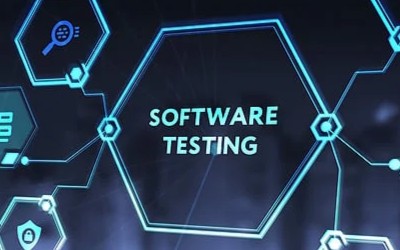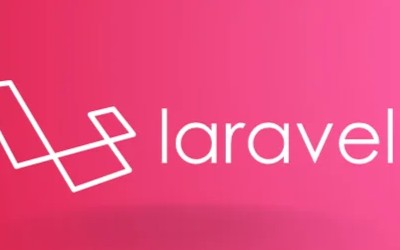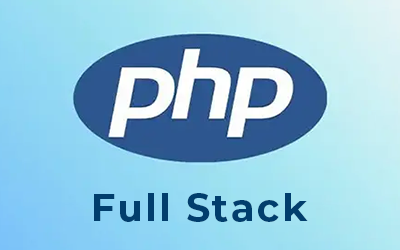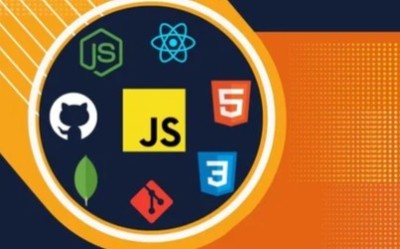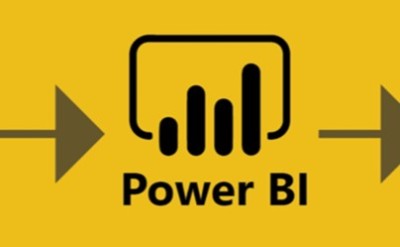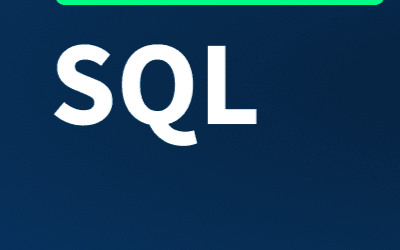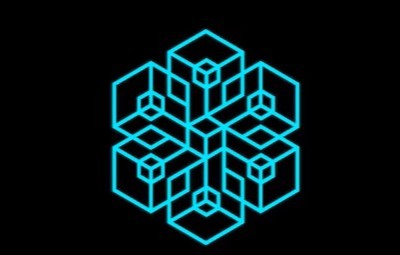Course description
Highlights:
- Introduction to Full Stack Development: Understand the roles and components of full-stack webdevelopment, including Python and React. - Backend Development with Python: Learn Python for building powerful backends using frameworkslike Flask and Django. - Frontend Development with React: Master React for building responsive, dynamic, and interactiveuser interfaces. - Database Management: Work with databases like PostgreSQL or MongoDB for data storage andmanagement. - API Development and Integration: Learn to create and integrate RESTful APIs for communicationbetween the frontend and backend. - Deployment and DevOps: Learn to deploy web applications to cloud platforms and manage
production environments.
Course Objective:
By the end of this course, you will be able to: - Build full-stack applications using Python for the backend and React for the frontend. - Create and manage databases with tools like PostgreSQL or MongoDB. - Develop RESTful APIs for communication between your frontend and backend. - Implement user authentication and authorization. - Deploy web applications to cloud platforms like Heroku or AWS. - Optimize and test both frontend and backend components
Course Structure:
1. Introduction to Full Stack Development
- What is Full Stack Development and why is it important?
- Understanding the relationship between frontend and backend development. - Overview of the tech stack: Python (Flask/Django) for backend, React for frontend. - Tools and frameworks: Node.js, npm, Webpack, Git, GitHub, and VS Code. - Introduction to cloud platforms and deployment environments.
2. Backend Development with Python (Flask/Django) - Introduction to Python web frameworks: Flask vs Django. - Setting up a Flask/Django project: Structure, routes, and views. - Building a RESTful API with Flask or Django Rest Framework. - Working with databases: PostgreSQL, SQLite, or MongoDB (with Flask/Django ORM). - Implementing CRUD operations (Create, Read, Update, Delete) in the backend. - User authentication and authorization using JWT or OAuth. - Working with file uploads, sending emails, and integrating third-party services.
3. Frontend Development with React
- Introduction to React: Components, JSX, and rendering. - Setting up a React project using Create React App or custom setup. - Understanding React component lifecycle and hooks (useState, useEffect). - Handling forms, events, and state management. - Building a responsive UI with CSS, Flexbox, and CSS frameworks (Bootstrap, Material UI). - Routing in React: Using React Router for single-page applications. - Working with APIs: Fetching and displaying data using Axios or the Fetch API. - Managing application state with Context API or Redux
4. Connecting React and Python Backend
- Understanding RESTful APIs and how React communicates with the backend. - Setting up API routes in Flask/Django to handle requests from the frontend. - Consuming APIs in React using Axios and Fetch. - Handling authentication with React and Python (JWT tokens, session management). - Implementing dynamic features such as user profiles, dashboards, and real-time updates. - Error handling, loading states, and user feedback in React and Python.
5. Database Management and Integration
- Introduction to databases: SQL vs NoSQL. - Setting up a PostgreSQL or MongoDB database and connecting it to the backend. - Writing database queries and using ORM (Object Relational Mapping) in Flask/Django. - Implementing user authentication and storing user data in the database. - Using migrations in Flask and Django for database schema changes.
- Query optimization and performance tuning for large datasets
6. Deploying Full Stack Applications
- Introduction to deployment: Why and how to deploy applications. - Preparing the application for production: Environment variables, build process. - Deploying Python applications to cloud platforms like Heroku, AWS, or DigitalOcean. - Deploying React applications: Static site generation, CDN, and cloud hosting options. - Connecting the frontend and backend in a deployed environment. - Continuous Integration/Continuous Deployment (CI/CD) practices and tools (GitHub Actions, Travis CI).
7. Testing and Debugging
- Introduction to testing in Python: Unit tests, integration tests, and using testing frameworks likePyTest. - Testing React applications with Jest, React Testing Library, and end-to-end testing using Cypress. - Debugging techniques and tools for Python and React applications. - Writing effective test cases for API endpoints and React components. - Handling errors gracefully: Error boundaries in React and Python error logging.
8. Capstone Project and Real-World Applications
- Building a full-stack application from scratch: Backend, frontend, and database. - Implementing key features like authentication, user dashboards, and CRUD functionality. - Deploying the full-stack application to a cloud platform. - Presenting your project to stakeholders: Demonstrating the flow of data and user experience. - Portfolio development: How to showcase your project to potential employers or clients.
Learning Methodology:
- Interactive Lessons: Engage in hands-on tutorials, coding exercises, and case studies to learnbothfrontend and backend technologies. - Practical Projects: Apply your knowledge to build real-world applications, implementing boththefrontend and backend. - Assessments and Quizzes: Reinforce learning through quizzes, assignments, and project
assessments. - Live Sessions: Participate in live coding sessions, Q&A, and troubleshooting with instructors. - Discussion Forums: Collaborate with peers, ask questions, and discuss solutions in dedicatedforums.
Who Should Enroll:
- Beginners who are new to web development and want to learn both frontend and backend
technologies. - Frontend developers who want to expand their skills into backend development using Python. - Backend developers who want to learn React and build full-stack applications. - Software developers and programmers looking to become full-stack developers. - Entrepreneurs and product managers interested in building and managing end-to-end applications. - Students in computer science, web development, or software engineering looking to enhancetheir
portfolio. This Python + React Full Stack Development course will equip you with the necessary skills tobuildcomplete, dynamic, and scalable web applications. Whether you're looking to transition into full- stack development or enhance your existing web development skills, this course will provide thetools and knowledge to succeed in building modern web applications.


